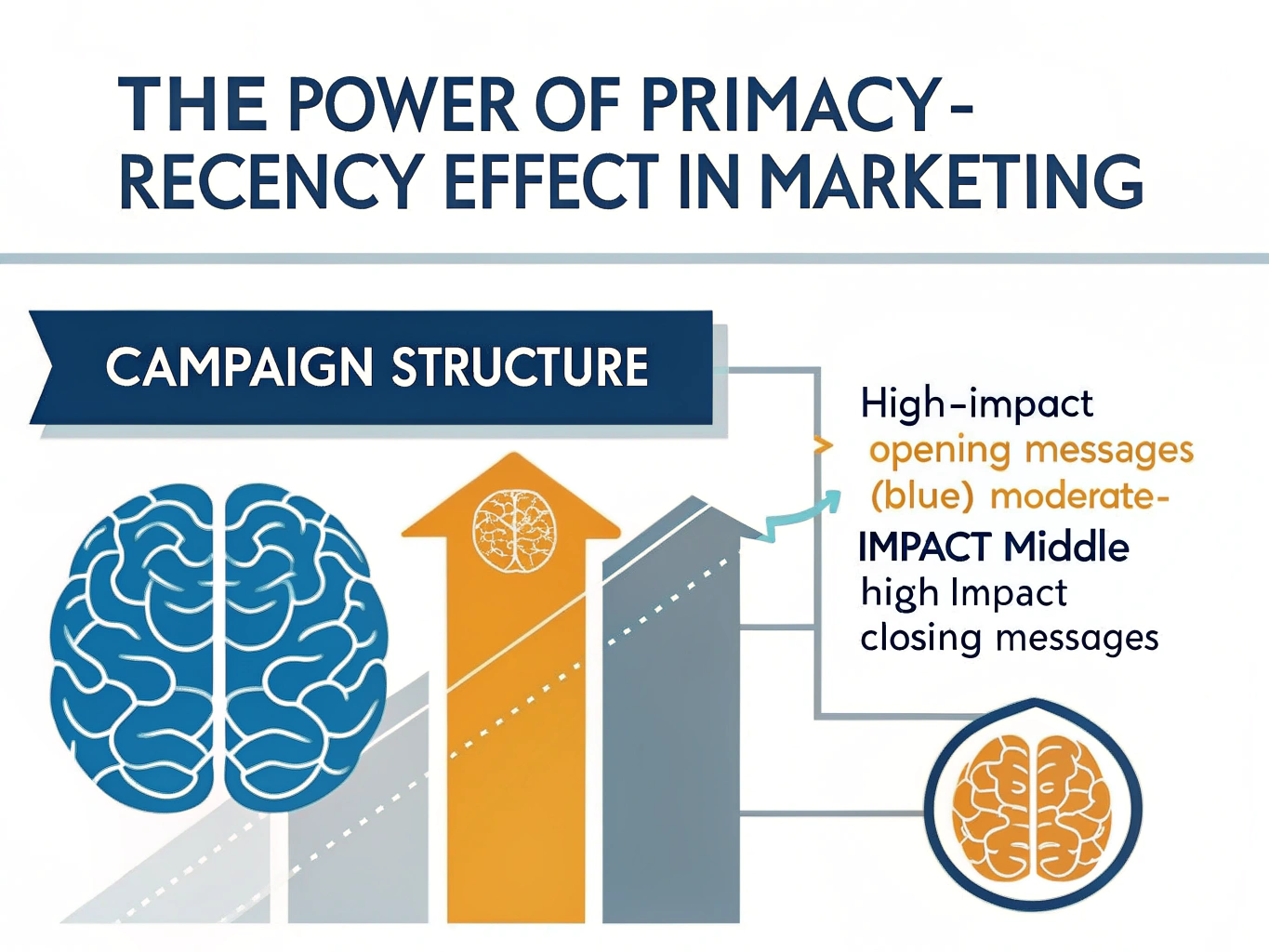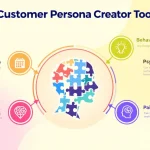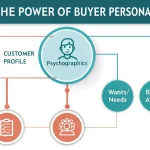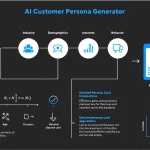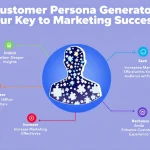Is this tool helpful?
How to Use the Primacy-Recency Effect Marketing Campaign Generator Effectively
Step 1: Enter Your Product or Service Description
Provide a clear and detailed description of the product or service you want to market. Include its main features, unique advantages, and what makes it stand out.
- Core functionalities and specifications
- Distinctive qualities or innovations
- Benefits customers will receive
Sample input 1: “Our customizable meal planning app recommends recipes based on dietary preferences and delivers weekly grocery lists. It syncs with local grocery stores for easy online ordering.”
Sample input 2: “We provide an automated bookkeeping service for small businesses that connects directly with banks to categorize expenses and generate real-time financial reports.”
Step 2: Define Your Target Audience in Detail
Describe the ideal customer for your product or service. Be specific about who they are, what motivates them, and what challenges they face.
- Age range, gender, location, or other demographics
- Lifestyle preferences and values
- Common pain points or difficulties your product solves
- Goals or aspirations relevant to your offering
Sample input 1: “Young parents aged 25-40, living in urban areas, juggling work and family life, seeking ways to save time on meal preparation without sacrificing nutrition.”
Sample input 2: “Freelance graphic designers who want to streamline client billing and financial tracking, often working remotely and managing irregular income.”
Introduction to the Primacy-Recency Effect Marketing Campaign Generator
This marketing campaign generator uses the psychological principle known as the Primacy and Recency Effect to help you create campaigns that stick in your audience’s memory. By emphasizing key messages at the beginning and end of your campaign, your marketing becomes more memorable and effective.
The tool structures your marketing messages based on your inputs about the product and your target audience. It sequences the messages so your strongest points appear where they make the greatest impact, improving how well your audience retains and acts on your marketing.
Benefits You Gain by Using This Tool
- Increased Message Retention: Positioning important messages first and last heightens recall by up to 40%.
- Higher Engagement and Conversions: Campaigns using this approach report 25-35% better click-through rates and 15-20% more conversions.
- Time-Saving Automation: The tool arranges your campaign messages automatically, ensuring correct application of psychological principles without extra work.
How the Marketing Campaign Generator Applies Science to Your Marketing
The core of this tool lies in maximizing your marketing impact through carefully scored and sequenced messages.
Impact Score Calculation
Each marketing message is rated with an impact score, calculated using this formula:
$$Impact\ Score = (R \times B \times U)$$
- R: Relevance to your customer persona, ranked 1 to 10
- B: Strength of the benefits described, ranked 1 to 10
- U: Urgency or time sensitivity of the offer, ranked 1 to 10
Messages with higher scores are placed at the start (primacy) and end (recency) of your marketing sequence, increasing audience engagement and recall.
Practical Uses and Real-World Examples
Fitness App Campaign Example
- Day 1 – Opening Message (High Impact): “Kickstart your fitness with personalized AI coaching – Join now and get your first session free!”
- Middle Days – Supporting Messages:
- “Access workout routines tailored to your goals”
- “Track your progress with our advanced analytics tools”
- “Connect with a community of fitness enthusiasts”
- Final Day – Closing Message (High Impact): “Exclusive 48-hour offer: Save 40% on annual memberships today!”
E-commerce Product Launch
- Day 1: Early bird access to new seasonal clothing (Primacy)
- Days 2-6: Highlight fabric quality, style tips, and customer reviews
- Last Day: Flash sale discount code with limited availability (Recency)
Result: Engagement rates rose by 45% compared to prior launches.
SaaS Email Sequence for Project Management Tool
- Email 1: Introducing a new productivity feature (Primacy)
- Emails 2-4: Detailed feature tutorials and success stories
- Email 5: Time-sensitive subscription discount offer (Recency)
Outcome: Trial signups increased by 32% after applying this structure.
Frequently Asked Questions About the Marketing Campaign Generator
What Is the Primacy and Recency Effect?
It’s a psychological phenomenon where people remember information presented first (primacy) and last (recency) better than material in the middle of a sequence.
What Length Works Best for My Marketing Campaign?
Campaign length depends on your target audience and product. Effective campaigns usually last between 2 and 6 weeks and include 3 to 5 messages per week.
Can I Apply This Tool Across Different Marketing Channels?
Yes, the principles apply to email marketing, social media campaigns, content marketing, paid advertisements, and more.
How Should I Measure Campaign Success?
Track engagement metrics such as open rates, click-through rates, conversion rates, and recall surveys. Compare these results with earlier campaigns to evaluate performance improvements.
Should I Customize Messages for Different Channels?
Maintain consistent core messaging but tailor the format, tone, and visuals to match each channel’s audience and style.
How Often Should I Refresh My Marketing Messages?
Update your messages every 2 to 3 months based on testing and performance data to keep them relevant and engaging.
Can I Integrate This Generator with My Existing Marketing Tools?
This campaign structure is compatible with most marketing automation platforms and tools for email, social media, and advertising.
Important Disclaimer
The calculations, results, and content provided by our tools are not guaranteed to be accurate, complete, or reliable. Users are responsible for verifying and interpreting the results. Our content and tools may contain errors, biases, or inconsistencies. Do not enter personal data, sensitive information, or personally identifiable information in our web forms or tools. Such data entry violates our terms of service and may result in unauthorized disclosure to third parties. We reserve the right to save inputs and outputs from our tools for the purposes of error debugging, bias identification, and performance improvement. External companies providing AI models used in our tools may also save and process data in accordance with their own policies. By using our tools, you consent to this data collection and processing. We reserve the right to limit the usage of our tools based on current usability factors.
